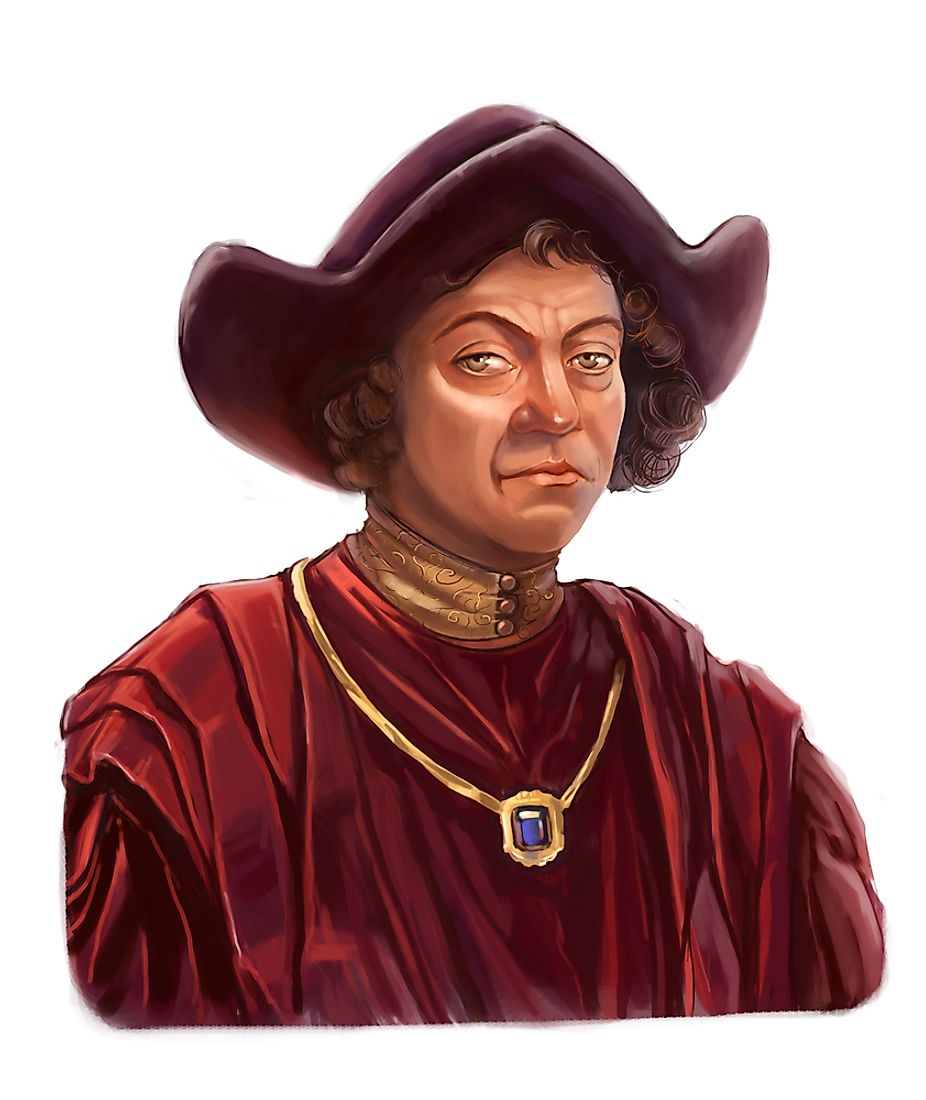Christopher Columbus - Famous Explorers of the World

5. Early Life
Christopher Columbus was born in Genoa, Genoese Republic (now part of Italy on or before October 31st, 1451. He was an Italian explorer and navigator who would also become a colonizer and re-discoverer of the Americas. Born to a middle-class family in his hometown of Genoa, his early years were spent learning astronomy, mathematics, navigation and cartography. After a few years of such education, in his early teens Columbus was hired to work on a merchant ship. Later, in his early twenties, Columbus worked as an apprentice to a business agent. After a time, he then became a full-fledged business agent for the Spinolas, the Centuriones, and the Di Negros, all prominent merchant families of Genoa.
4. Career
In May of 1476, Columbus had an opportunity to sail with an armed convoy of ships to Northern Europe. During this voyage, Columbus was able to visit Bristol, England and Galway, Ireland. He also sailed to Lisbon, Portugal where he saw his brother, Bartolomeo, in the fall of 1477. In Lisbon, Columbus wooed and married the daughter of the Governor of the Portuguese island possession of Porto Santo. Columbus also managed to update his Portuguese, Spanish, Latin, and geography knowledge during that time. However, he found little support for his plan to find a new sea route to Asia via the Atlantic Ocean, until the Spanish Monarchs later granted him an audience.
3. Discoveries
Columbus was granted funds by King Ferdinand and Queen Isabella of Spain to sail on four separate expeditions from Spain in the years of 1492, 1493, 1498, and 1502, respectively. The Spanish Monarchs wanted him to find a new sea route to Asia. Along with that aim, the Spanish crown wanted Columbus to explore these foreign lands in search of gold and spices. Columbus encountered some problems with his navigation to the East Indies, and found the Americas instead. His first voyage landed him in the Caribbean Island of Hispaniola, and on the second voyage he returned to Hispaniola. On his third expedition, Columbus reached Trinidad and ventured into South America. On the fourth expedition, Columbus landed in Panama.
2. Challenges
Columbus faced many obstacles and problems during his voyages. On his second expedition, Columbus failed to find anything valuable, so he sent 500 slaves back to Spain. Queen Isabella didn't find this gesture amusing nor helpful, and sent back the slaves saying that they were Spanish subjects, and therefore not slaves. Returning to Hispaniola, he also found his first settlement there destroyed. on the third voyage, Christopher had to face the horrors of the Hispaniola settlement after a revolt against his two brothers, who had been left to manage the island. Columbus was arrested after a new governor was installed, and sent back to Spain.
1. Death and Legacy
In his lifetime, Christopher Columbus was subjected to many hardships and illnesses while onboard ship. As a result, he contracted intestinal bacterial infections and food poisoning, the effects of which lasted for many years to come. After his fourth voyage failed, Columbus returned to Spain without honors. Columbus then decided to reside in Valladolid, Spain, from where he wrote two books about his explorations and recounted the rewards he was entitled for his explorations. He eventually died from complications related to his illnesses on May 20th, 1506. Columbus is remembered as a maverick explorer who opened the Americas for centuries of further exploration, though he left a bloody trail that almost decimated the native population, and set a precedent of mistreatment and exploitation of Native Americans, which would last for centuries to come.







